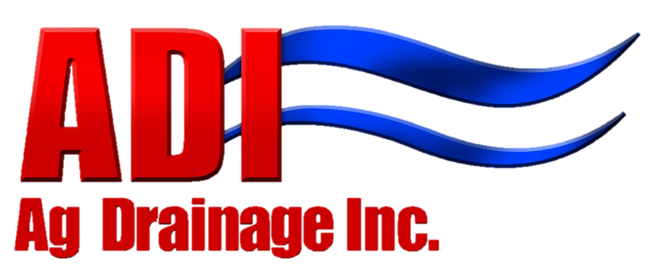
When it comes to farm investments, tiling is really in a class of its own. Installing a drainage system is one of the only ways to increase yields without adding additional expenses to your operation.
While buying new or updated equipment is often necessary for timely field operations and purchasing additional ground may be needed for overall growth, both will likely mean increased tax liability and long term debt.
Tiling, on the other hand, is a one-time investment that improves the value of your ground and increases yields. Bob Rhea with the Western Farm Business Farm Management Association in Adams County, Illinois agrees that drainage is a different type of investment.
“Equipment purchases are made to increase the efficiency of the operation while a tiling investment is made to increase the value of the asset and make operations simpler and more productive,” said Rhea.
More productivity will benefit the entire operation, not just the grower. Increased production from a drainage system increases the value of the ground and provides an opportunity for both growers and owners to negotiate long term rental agreements that can be beneficial and build a stronger relationship between both parties.
Farm Economics
Accredited Farm Manager and Rural Appraiser Rick Hiatt from the Illinois Society of Professional Farm Managers and Rural Appraisers also knows the impact tiling has on land value and productivity. It’s in the top three on his list of considerations when evaluating ground, right after the soil type and productivity.
“No question that the value of the farm and the land is increased whenever you have drainage applied,” Hiatt said. “You’ll get a better rent payment and better land purchase payment if drainage is adequately in place.”
When it comes to having drainage “adequately in place” that means the kind of comprehensive drainage systems ADI installs, not spot tiling to address an individual issue. Hiatt advises taking a system approach to pattern tiling.
“About 25 years ago, some farmers and drainage contractors went out and addressed specific problems like individual wet holes. Today those decisions are causing us problems. Putting together a drainage plan, and working toward that plan, is a better way to go,” Hiatt said.
Higher Yields: Clear to See
Both Rhea and Hiatt agree that drainage will lead to better soil productivity, especially for Class A soil types. According to Rhea, exact yield increases are a hard thing to pinpoint, but it’s pretty obvious when you see the results.
“Producers who have made tile purchases report that the returns on their investment are easy to see, but hard to measure,” Rhea shared. “Most of them would say it’s a good short-term and long-term investment because it provides more efficient operations and more asset value.”
Tiling is one of the number one factors along with fertility to increase production, according to Hiatt.
“I’ve been managing land for right at 40 years and I can tell you, you will get increased production from adding tiling,” Hiatt said. “Of course, the rates are better on A rated soil than C rated soil, but tile drainage is very, very effective, and you get a lot of return on the investment.”
Look to ADI as you design and expand your drainage plan. ADI has the capability to work with everyone involved to develop a system drainage strategy that will achieve your short and long-term goals. Local representatives are always available to sit down, answer questions and provide proposals to match your individual circumstances.
